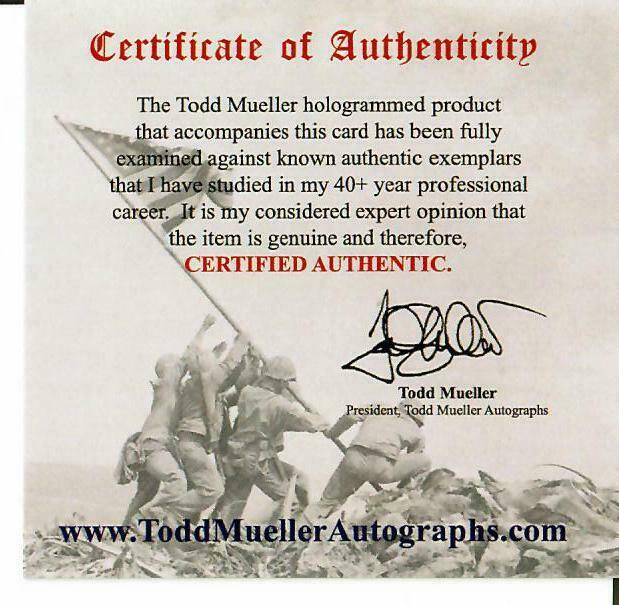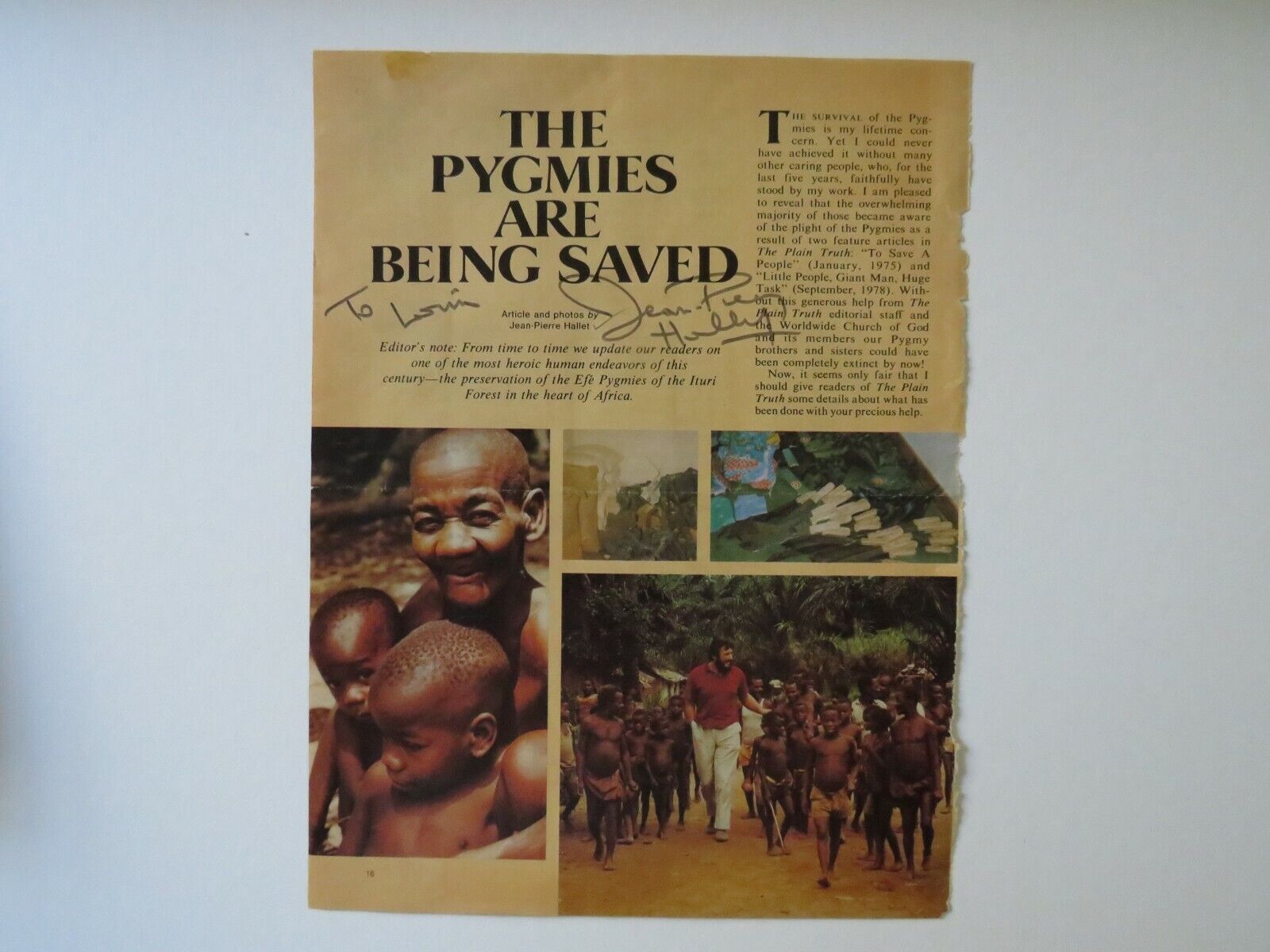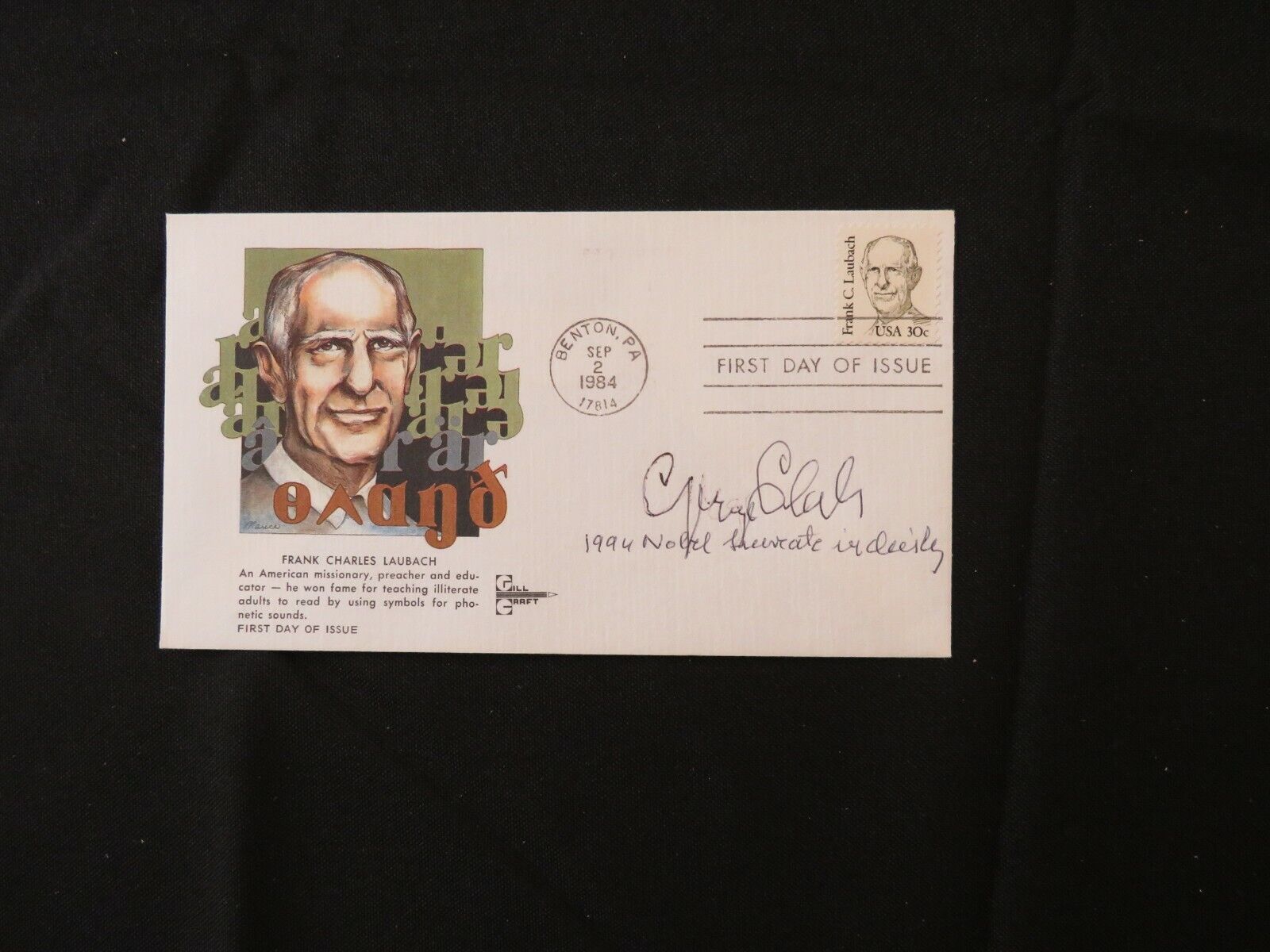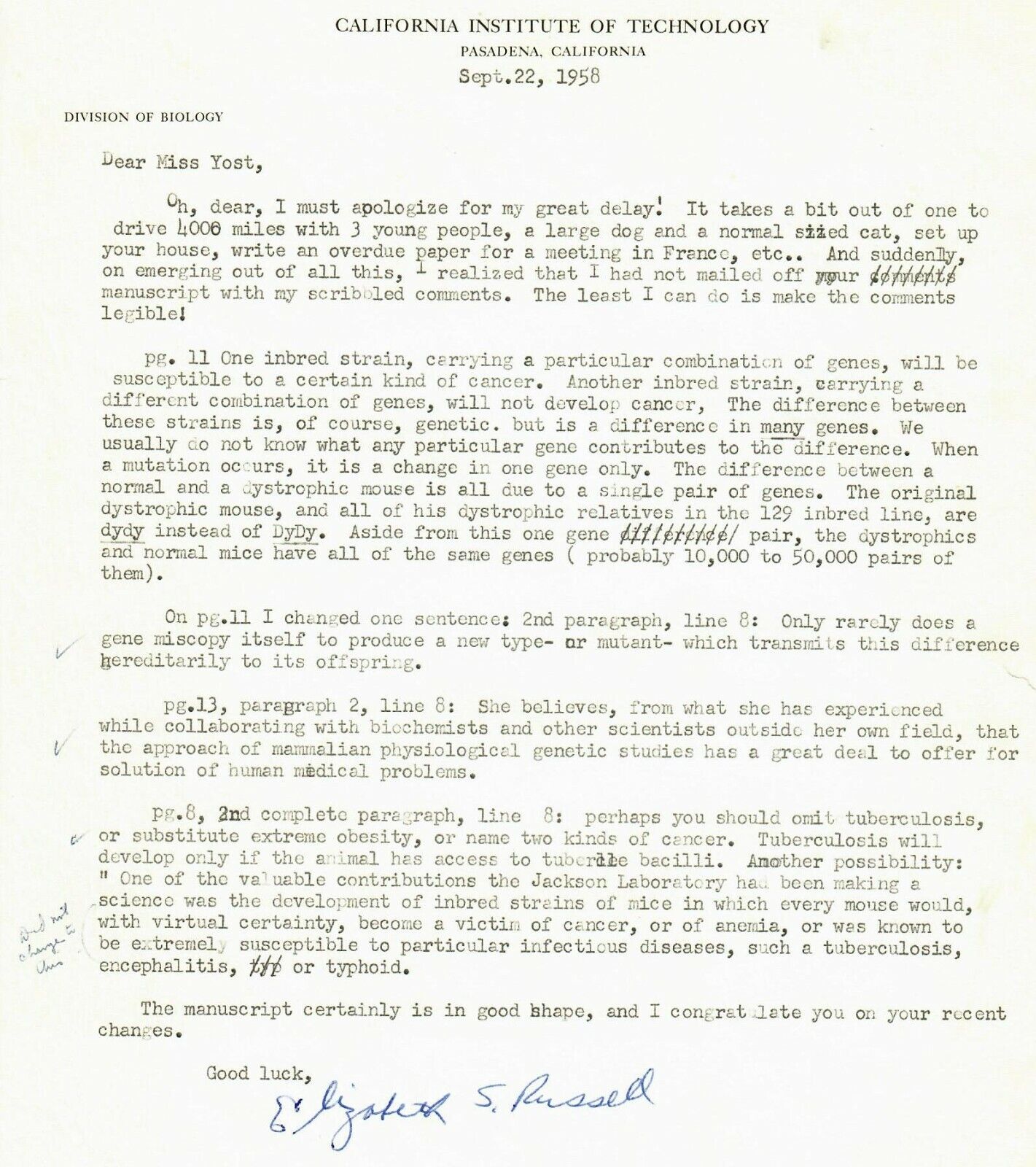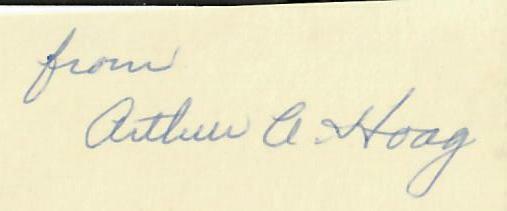-40%
"Nobel Prize in Chemistry" Herbert C. Brown Signed Biography Todd Mueller COA
$ 36.95
- Description
- Size Guide
Description
Up for auction the"Nobel Prize in Chemistry" Herbert C. Brown Hand Signed Biography.
This item is certified authentic by Todd Mueller Autographs and comes with their Certificate of Authenticity.
ES-7077
Herbert Charles Brown
(May 22, 1912 – December 19, 2004) was an American chemist and recipient of the 1979
Nobel Prize in Chemistry
for his work with
organoboranes
. Brown was born
Herbert Brovarnik
in
London
, to Ukrainian Jewish immigrants from
Zhitomir
, Pearl (
née
Gorinstein) and Charles Brovarnik, a hardware store manager and carpenter. His family moved to
Chicago
in June 1914, when he was two years old. Brown attended
Crane Junior College
in Chicago, where he met Sarah Baylen, whom he would later marry. The college was under threat of closing, and Brown and Baylen transferred to
Wright Junior College
. In 1935 he left Wright Junior College and that autumn entered the
University of Chicago
, completed two years of studies in three quarters, and earned a
B.S.
in 1936. That same year, he became a naturalized
United States citizen
. On February 6, 1937, Brown married Baylen, the person he credits with making him interested in hydrides of
boron
, a topic related to the work in which he, together with
Georg Wittig
, won the Nobel prize in Chemistry in 1979. Two years after starting graduate studies, he earned a
Ph.D.
in 1938, also from the University of Chicago. Unable to find a position in industry, he decided to accept a postdoctoral position. This became the beginning of his academic career. He became an instructor at the University of Chicago in 1939, and held the position for four years before moving to
Wayne University
in Detroit as an assistant professor. In 1946, he was promoted to associate professor. He became a
professor
of
inorganic chemistry
at
Purdue University
in 1947 and joined the Beta Nu chapter of
Alpha Chi Sigma
there in 1960. He held the position of
Professor Emeritus
from 1978 until his death in 2004. The
Herbert C. Brown Laboratory of Chemistry
was named after him on Purdue University's campus. He was an honorary member of the
International Academy of Science
. During
World War II
, while working with
Hermann Irving Schlesinger
, Brown discovered a method for producing
sodium borohydride
(NaBH
4
), which can be used to produce
boranes
, compounds of
boron
and
hydrogen
. His work led to the discovery of the first general method for producing asymmetric pure
enantiomers
. The elements found as initials of his name
H
,
C
and
B
were his working field. In 1969, he was awarded the
National Medal of Science
.
Brown was quick to credit his wife Sarah with supporting him and allowing him to focus on creative efforts by handling finances, maintaining the house and yard, etc. According to Brown, after receiving the Nobel prize in
Stockholm
, he carried the medal and she carried the US0,000 award. In 1971, he received the Golden Plate Award of the
American Academy of Achievement
.
He was inducted into the
Alpha Chi Sigma
Hall of Fame in 2000.
He died December 19, 2004, at a
hospital
in
Lafayette, Indiana
after a
heart attack
. His wife died May 29, 2005, aged 89.

